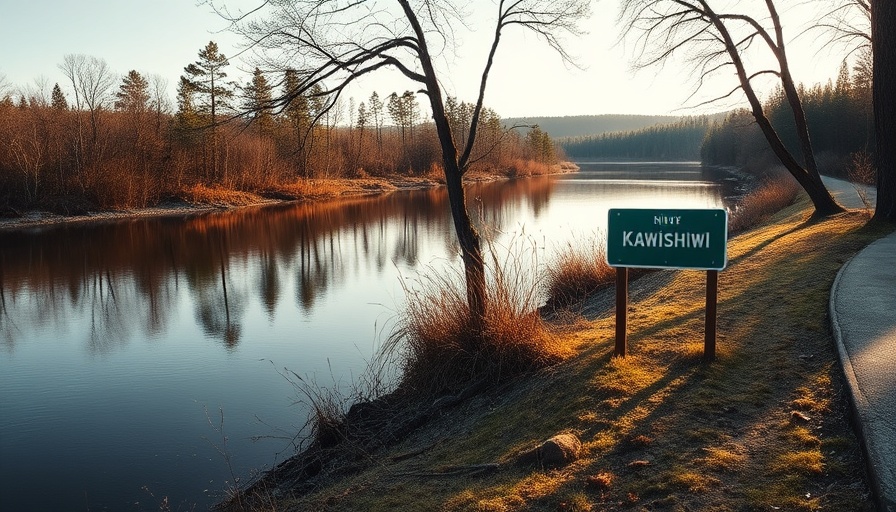
Reversing a Key Environmental Protection Initiative
The Trump administration's recent moves signal a significant shift in environmental policy concerning the Boundary Waters Canoe Area Wilderness (BWCAW). Within a day of Republican leaders removing mining-related language from a critical budget bill, this administration announced plans to reverse a 20-year mining ban in the region, which aims to protect the watershed from potential mining activities. This decision impacts approximately 225,000 acres of the Superior National Forest and has raised concerns among various environmental groups and local stakeholders.
Potential Environmental Threats to the Boundary Waters
Environmentalists have long feared that mining projects, particularly hard-rock mining, could impose severe risks to the ecological integrity of the BWCAW. A U.S. Forest Service study published in 2022 indicated that allowing mining in the Rainy River Watershed could negatively affect water quality and other critical natural resources. With the reversal of the ban, experts warn that mining operations could compromise the natural beauty and ecological value of this wilderness area. Chris Knopf, the executive director of Friends of the Boundary Waters Wilderness, expressed concerns about the haste with which the administration is pursuing the reversal without adequate public consultation, especially given the historical context of this debate.
A Community Divided: Local Perspectives
The community surrounding the Boundary Waters is deeply divided on the issue of mining. For some, the prospect of increased mining activities represents economic opportunity—potential jobs and infrastructure development. In contrast, others see it as a direct threat to the pristine environment they cherish. The urgency surrounding this discussion is palpable, as local leaders and citizens alike seek to have their voices heard amidst legislative maneuvers. The recent announcement by the U.S. Forest Service has sparked renewed discussions within the community, reflecting the broader tension between economic interests and environmental stewardship.
Historical Context: The Birth of the Ban
The moratorium on mining implemented by the Obama administration arose out of concerns over environmental safety and wildlife conservation. This ban was seen as a necessary measure to ensure the sustainability of one of Minnesota's most treasured natural areas. As political tides shift, the ongoing push for reversal highlights the ongoing struggle for balance between development and conservation, a debate that continues to evolve alongside changes in administration.
The Importance of Public Input
Public engagement has been a critical component of environmental policy, and the Jungle aspect of the reversal highlights the need for transparency in governance. The fact that this administration has not yet solicited public comments on its latest move raises eyebrows and questions about the commitment to community voices in decision-making processes. As environmental advocates push back, the importance of revisiting previous studies and gathering community insights cannot be overstated.
Moving Forward: What Comes Next?
As the landscape shifts, stakeholders from all sides must remain vigilant. This situation serves as a reminder of the delicate balance that exists between preserving nature and pursuing economic interests. The future of this wilderness area hangs in the balance, and the dialogue surrounding it will undoubtedly continue to evolve as both proponents and opponents of mining vie for their future. Keeping abreast of these developments is crucial for those who value the BWCAW, as it shapes the path for environmental policies affecting our precious natural resources.
 Add Row
Add Row  Add
Add 




Write A Comment